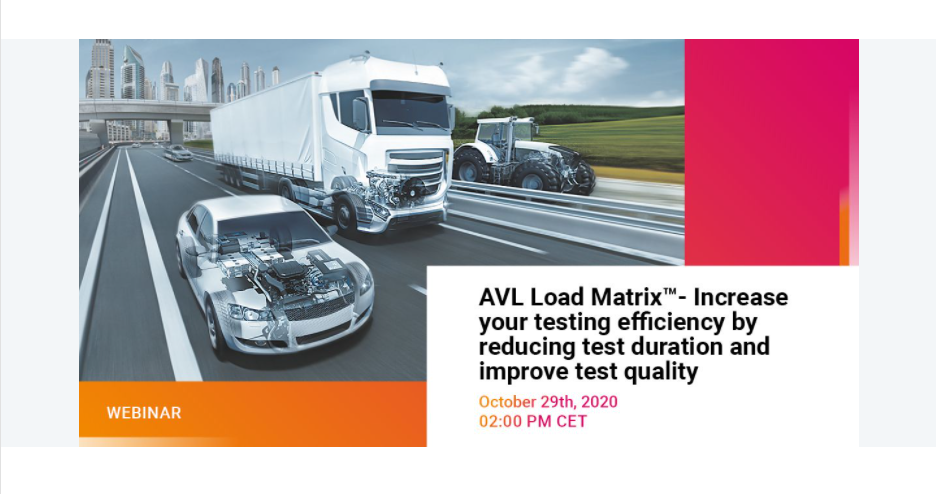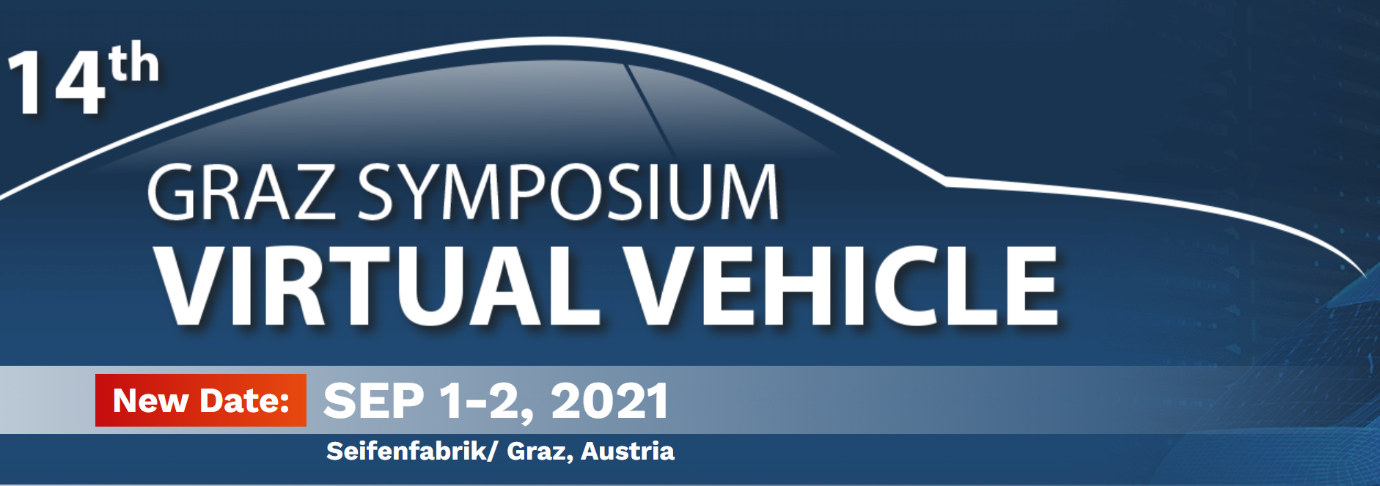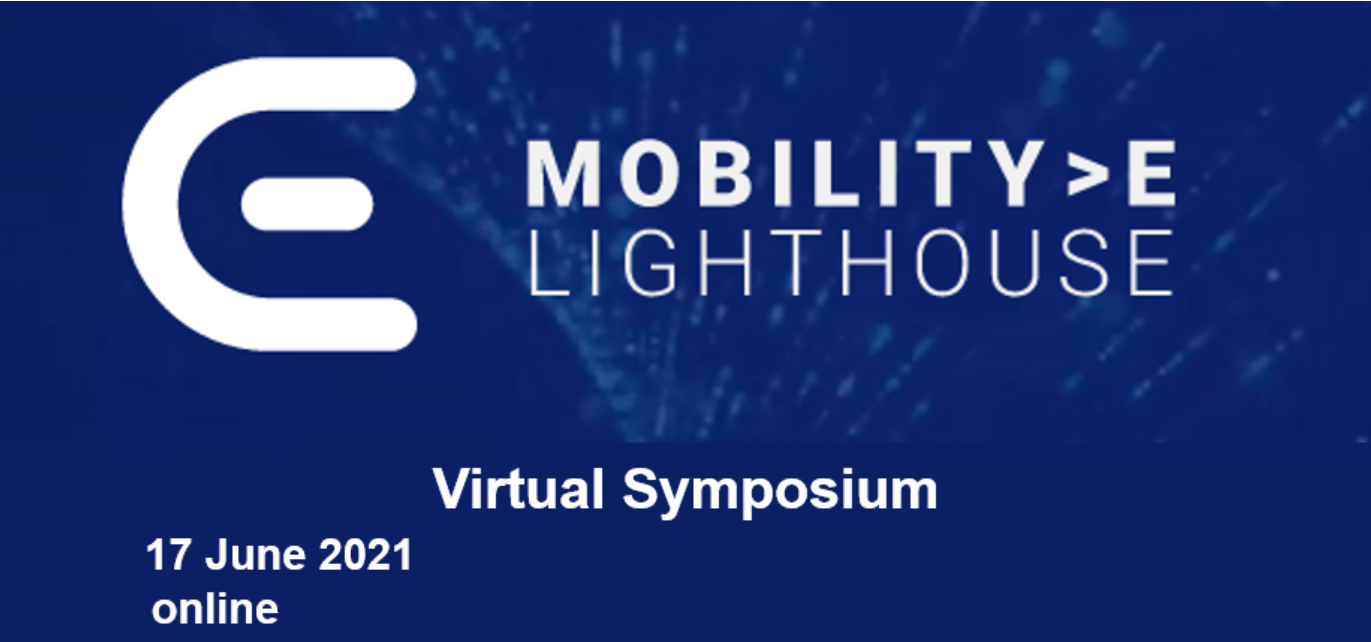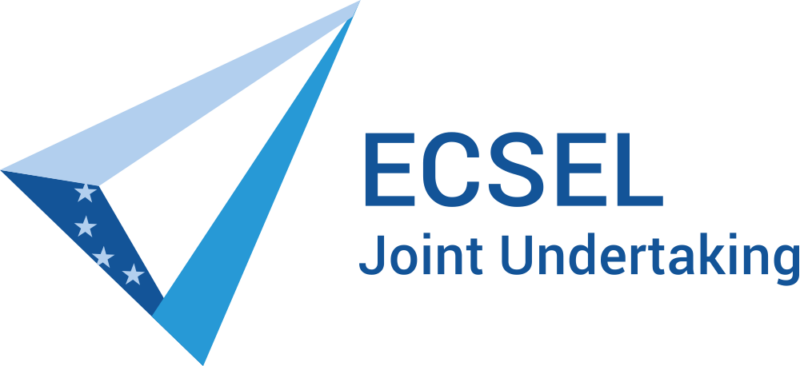AVL Webinar: AVL Load matrix - Increase you testing efficiency by reducing test duration and improve test quality
Load Matrix™ is a flexible and for all technologies adaptable solution which supports product development by combining many years of experience with several important development domains (like statistics, engineering, material science, chemical engineering and computational science) to ensure the best possible product results by using market and end customer usage relevant driving profiles.








